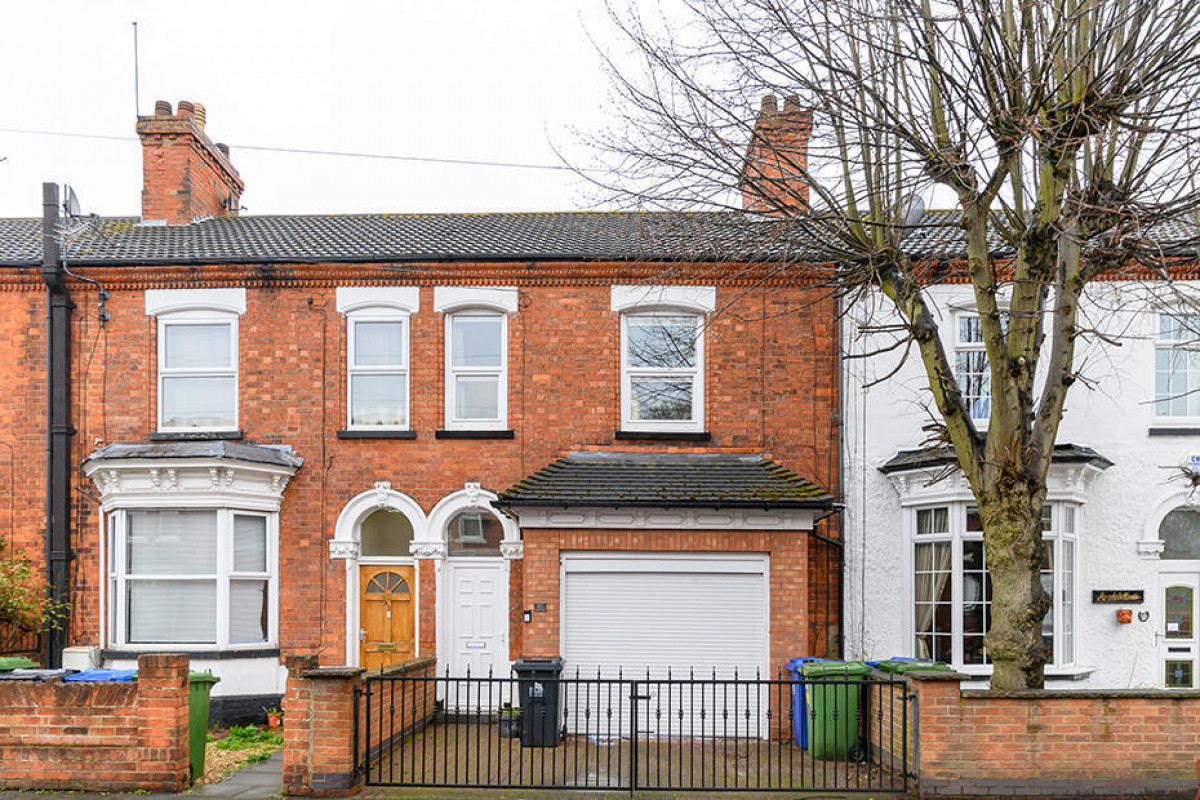The Impact of Uncertainty on the Housing Market

9th May 2023
In the aftermath of the Covid-19 pandemic, the average UK house price rose sharply and unexpectedly. The transition to working from home rather than being physically present in the workplace began to alter perspectives and priorities. Big cities were no longer so in demand as families sought out generous living spaces, plentiful gardens and access to coast or countryside. The cut in stamp duty also had a galvanising effect on the market, with buyers rushing to take advantage in June and September of 2021.
As we hit the autumn of 2022, however, this steep increase in the average UK house price began to wane and the housing market experienced a significant slump. Against an uncertain political backdrop, momentum slowed after the seismic September mini-Budget and with the onset of the cost of living crisis. With all these fluctuations in the market and in the wake of yet another interest rate rise, homeowners looking to move may feel confused on whether it’s a good time to take the next step on the property ladder.
Why did the Bank of England Raise the Interest Base Rate?
On 23rd March 2023, the Bank of England raised interest rates from 4% to 4.25% in an effort to keep inflation under control, bringing the base rate to its highest level since 2008. For 15 months, the rates have been rising steadily as the government have been trying to get to grips with a spiralling cost of living crisis.
In simple terms, rises in interest rates are positive for savers and less so for borrowers, although it’s rarely quite so black and white. Homeowners with existing fixed-rate mortgages won’t feel the effects until the end of their fixed rate terms, while those with variable rate mortgages will see significant increases in payments. Factoring in these increases with soaring energy and food prices could leave thousands of homeowners feeling the pinch and wondering whether moving during the current climate is a sensible idea.
A Slow Market; But There Have Been Positives
While a slow market isn’t always beneficial for homeowners, the fall in prices and demand has helped many first-time buyers to take the plunge. Average house prices may have fallen since the peak in August 2022 but with first-time buyers getting on the property ladder due to slowing demand, the market has shown some movement.
It’s also worth bearing in mind that higher value markets have and continue to fare better, given homeowners’ reduced reliance on mortgages. Cash buyers continue to buy and sell, providing some stability to the higher end of the market.
Signs of Recovery
Despite the Bank of England raising the base rate, the beginning of 2023 has brought some optimism with average house prices rising in February and March. House prices have started to recover after the autumn slump, receiving a further boost from the spring effect. It is worth noting that despite economic uncertainty unemployment rates are low at 3.7%, a factor which has a direct correlation to the stability of the housing market. It is clear that average house prices fare better in areas of low unemployment.
Fluctuations in the market may seem concerning in the short term but there are signs of economic recovery. It is essential that homeowners consider their own personal circumstances and look to the long term future in deciding when to take the next step on the housing ladder.

A Sit-Down Interview with Emoov CEO Nick Neale
02.12.2025Join us for a sit-down chat with our CEO, Nick Neale, as he shares the story behind Emoov, how the online agency began, and what drives the way we work today.

Why UK Homes Are Becoming More Affordable (And What It Means If You're Selling or Buying)
01.12.2025After years of house prices rising way faster than wages, things are starting to shift. With earnings growing faster than property values for the fourth year in a row, home ownership affordability is finally improving across the UK. But what does this mean if you're thinking of buying, selling, or trying to move up the property ladder? In this blog, we unpack the latest trends and offer practical advice for navigating a more balanced market - whether you’re doing it yourself or listing with Emoov.

Has Your Home Increased in Value? What 2025 Property Prices Mean for Sellers
30.10.2025Homeowners across the UK are asking the same question: has my property increased in value over the last few years? With new figures showing that over a million homes have jumped by more than 50% in value since 2020, it might be time to take a closer look. Whether you're considering selling, remortgaging, or just curious, here's how to understand your home's worth in today's market.
.png)
Emoov Featured in The Glasgow Times: A Low-Cost Way to Buy, Sell & Let Homes
01.10.2025We’re proud to share that Emoov has been featured in The Glasgow Times, in an article spotlighting how our online-first approach is transforming the property market. The piece, published in the paper’s Scotland Today section, explored how Emoov offers sellers, buyers, and landlords a fairer and more transparent way to move home — without the hefty commissions of traditional estate agents.

Is Your Property Listing Breaking the Law?
01.10.2025Since April 2025, new consumer laws mean sellers must disclose more about their homes - or risk falling foul of the rules. If you're selling your own property, it's important to understand what counts as “material information” and how to stay on the right side of the law. This guide breaks it down in plain English - and includes a free checklist to help you get it right.
.png)
Emoov at One Year: A Family Company, A National Presence
03.09.2025In August 2024, Griffin Property Co took a bold step forward: we rebranded as Emoov. A year later, we’re proud to reflect on what has been an incredible 12 months of growth, change, and above all, a renewed commitment to the people we serve.









